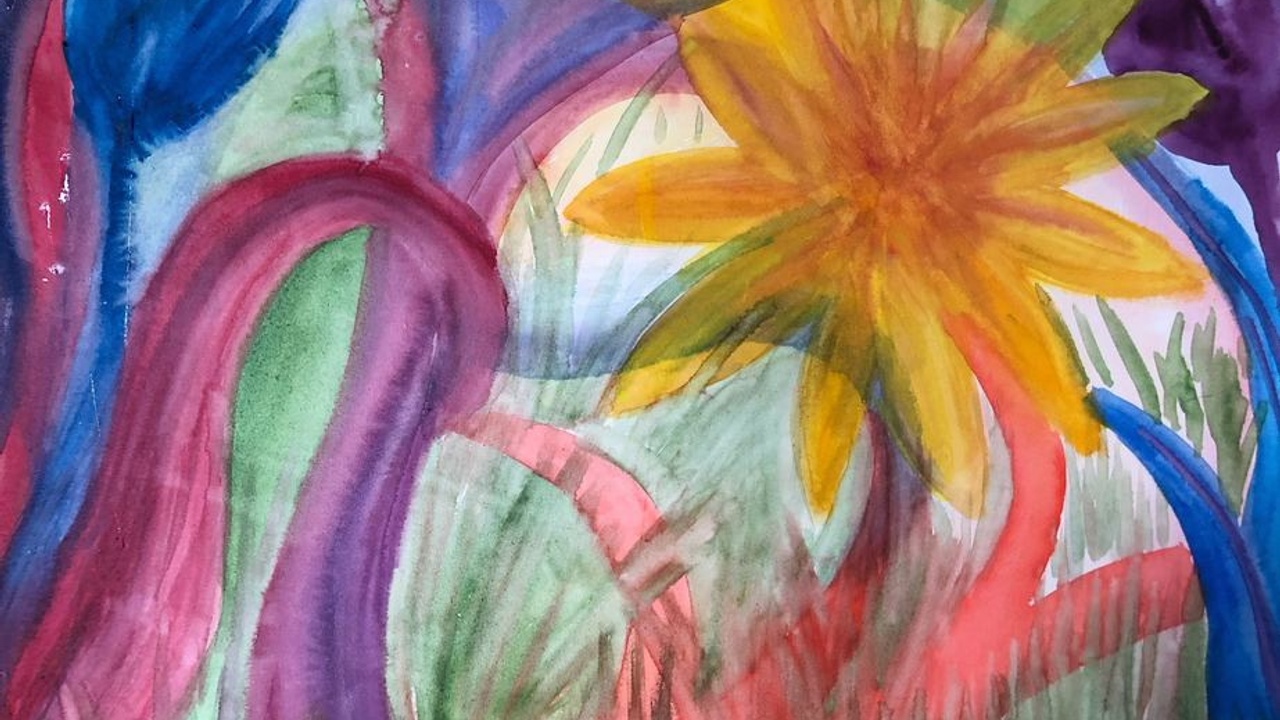Social Painting
Jan 10, 2021
Artistic work, especially watercolor painting, has some miraculous curative properties. Spend some time truly lost in moving color around with your paintbrush, not caring about the outcome (that can be the tricky part!), and you will see what I mean.
Artistic work can also be curative in social units. In the classroom, when social discord became widespread, one of the tools that I used was social painting. Social painting is about building trusting relationships, and working together harmoniously, without having to talk about it. It’s about building community.
Social painting (or any other social artwork) means that several people (sometimes even a whole class!) work together on one artistic piece. You might have several children painting together on one paper, or you might take turns, passing the paper between each other. Most importantly, social painting emphasizes non-verbal communication! There should be no discussion once the activity begins. Allow the artistic work to do its magic.
Social painting can also be effective when things feel rocky in your home life. Perhaps you can tell that something is a bit “off” with your teenager, but trying to talk about it is met with dead ends. Perhaps your younger children cannot seem to play together without fighting over rules, or fairness. Give social painting a try!
There are many ways in which you can implement social painting with your family. Here are some ideas to help.
* If you are all painting on one painting paper, stick to 2-4 people.
* It is not about the outcome, it is about the process! Discuss this ahead of time. Some children (or adults) might become upset that someone “messed up” the painting. That’s part of the process for them. Don’t give up; try again on another day.
* The goal is to work together without communicating, except through sensing each other's artwork. Gesturing, talking, or any other communication about the artwork will shift the focus to thinking about the outcome. Allow the colors and forms to arise naturally between those that are working.
* Begin by filling the whole page with color(s). Don’t focus on form! Allow the “colors to play” and see what arises.
Here are some exercises that you can try:
* Choose a season to paint. Begin with the colors, not the forms! What colors represent the season?
* Choose a favorite poem, song, or verse to illustrate.
* Start with each person having their own painting board and paints. Sit a bit apart from each other, so that no one is influencing another’s work. Each person will paint a single color for an allotted amount of time (say 3 minutes). Then, pass your painting to the next person, and begin work on another’s painting. Once again, paint only a single color. Repeat this process until each painting is filled with color. Then, everyone should take back the painting that they started. Look at the forms that are arising out of the color, and, working with the colors, create a picture. The goal is to work with what is already on the page! Allow the form to arise out of the color. Don’t force it! Once again, this is about process, not the final product. (I have included a few examples of paintings that were done in this style.)
~Mrs. Jaia Jenkins: Seasons of Seven Class 8 teacher
More blog posts on Painting HERE.
Stay connected with news and updates!
Join our newsletter to receive the latest news and updates from our team. Plus you will receive additional helpful resources and a gift!
Don't worry, your information will not be shared.
We hate SPAM. We will never sell your information, for any reason.

